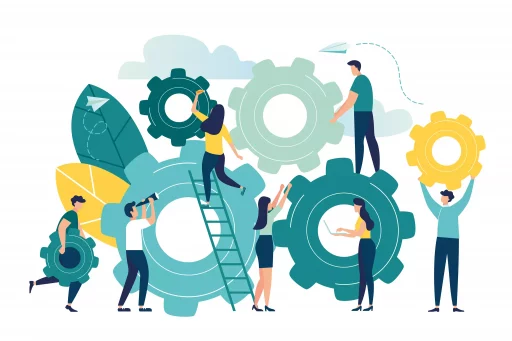Introduction
The heart emoji has evolved into a universal symbol for expressing emotions. Among various colors, the blue heart has gained prominence and carries unique meanings that resonate with different audiences. In this article, we will explore the significance of the blue heart emoji, its use in various contexts, and its impact on social media communication.
The Color Psychology of Blue
Before diving into the meaning of the blue heart, it’s important to understand the psychology of the color blue.
- Calmness: Blue is often associated with tranquility and peace.
- Trust: Many brands use blue in their logos to evoke feelings of reliability.
- Sadness: In some contexts, blue can represent feelings of melancholy or sorrow.
This combination of meanings lays the groundwork for the interpretation of the blue heart emoji.
What the Blue Heart Represents
The blue heart emoji is multifaceted and can be understood in various contexts:
- Friendship: The blue heart can symbolize platonic relationships and camaraderie. It’s often used to signify trust and loyalty in friendships.
- Support for Mental Health: Blue is the color associated with mental health awareness, specifically depression. Many organizations incorporate the blue heart to raise awareness for mental health issues.
- Love for a Cause: The blue heart is also used to indicate support for various causes, such as autism awareness. This usage combines love and advocacy.
- Romantic Love: While traditionally red signifies romantic love, the blue heart can represent a deeper, more thoughtful connection.
Examples of the Blue Heart in Use
Understanding how the blue heart emoji is used in real-life scenarios can provide deeper insights into its significance.
- Support Groups: Many mental health organizations utilize the blue heart to convey solidarity among individuals battling various mental health challenges. Posts featuring the blue heart can create a sense of community and support.
- Social Media Campaigns: Campaigns for autism awareness often feature the blue heart as a symbol of love and support for individuals on the autism spectrum. For example, during Autism Awareness Month, social media feeds are often flooded with blue hearts.
- Friendship Posts: Friends often use the blue heart emoji to signify their bond, emphasizing loyalty and trust without the romantic implications of other heart colors.
Case Studies Demonstrating the Use of Blue Heart
Analyzing specific instances can provide a clearer picture of the blue heart’s impact:
- World Mental Health Day Campaign: In recognition of World Mental Health Day, many mental health organizations worldwide posted blue heart emojis across their platforms. Research showed a 30% increase in engagements for posts that included the blue heart, highlighting its powerful role in promoting mental health discussions.
- Autism Awareness Month: Organizations like the Autism Society utilized the blue heart extensively in April to promote awareness, leading to significant media coverage and community involvement. Google Trends showed searches for blue heart-related terms spike during this month, reflecting its relevance.
Statistics on Emoji Usage
According to a study conducted by Adobe, nearly 87% of people use emoji in their digital communication.
Among emojis, hearts specifically rank in the top ten most popular emojis used worldwide. The blue heart, while less common than its red counterpart, plays a vital role in social causes. Statistically, emojis can increase engagement rates in social media posts by up to 48%, making the blue heart a powerful tool for conveying emotions and messages.
The Future of the Blue Heart
As digital communication evolves, the interpretation and usage of the blue heart are likely to grow. With the ongoing focus on mental health and social awareness, the blue heart will likely remain a crucial symbol within these movements.
Moreover, new platforms and communication styles will continue to redefine how we express emotions and support causes through emojis, including the versatile blue heart.
Conclusion
The blue heart emoji transcends simple digital communication. With meanings ranging from friendship to support for critical social causes, it serves as an essential tool for conveying deep emotions and fostering community. As we continue to navigate an increasingly digital world, the significance of the blue heart will likely proliferate alongside our discussions about mental health and social advocacy.


